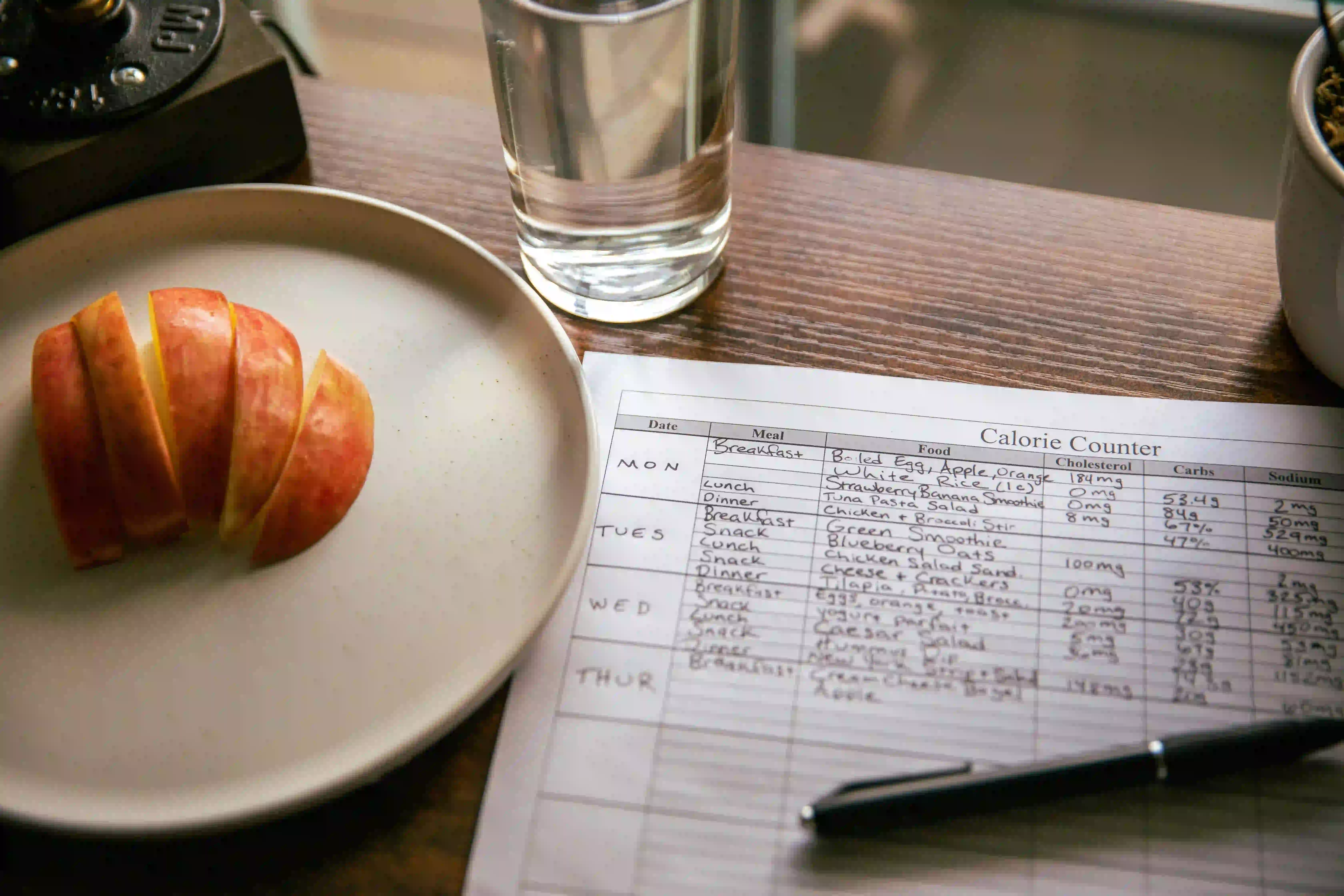Introduction
What if the secret to better health, more energy, and effortless weight loss wasn’t what you eat—but when you eat it?

That’s the core idea behind intermittent fasting (IF), a rising trend in health and wellness circles that flips the traditional diet model on its head. Instead of obsessing over macros or meal plans, intermittent fasting invites you to focus on timing. When done right, it can spark powerful changes in your metabolism, support fat burning, and even help your body repair itself on a cellular level.
In this guide, we’ll break down exactly how to start intermittent fasting, even if you’re a total beginner. By the end, you’ll be equipped with science-backed strategies, a clear step-by-step plan, and the confidence to begin fasting safely and sustainably.
Top 3 Benefits of Intermittent Fasting
-
Weight Loss Made Simpler
By shortening your eating window, you naturally reduce calorie intake without rigid meal tracking. IF helps your body tap into fat stores for energy. -
Metabolic Optimization
Fasting improves insulin sensitivity and lowers blood sugar levels, which may reduce the risk of type 2 diabetes and metabolic syndrome. -
Cellular Repair & Longevity
During fasting, your body activates repair mechanisms and clears out damaged cells—a process that may promote long-term health and even slow aging.
Learn more: Healthline: Intermittent Fasting 101 — The Ultimate Beginner’s Guide
Popular Intermittent Fasting Methods
If you’re wondering how to start intermittent fasting, the first step is picking a schedule that works with your lifestyle. Here are the five most common IF styles, from easiest to most advanced:
| Method | Fasting Style | Description | Best For |
|---|---|---|---|
| 16/8 (Leangains) | 16 hrs fasting / 8 hrs eating | Skip breakfast and eat between 12 p.m.–8 p.m. A beginner-friendly, sustainable routine. | Beginners, daily fasting |
| Eat‑Stop‑Eat | 24 hrs fasting once or twice per week | Eat dinner, then fast until the next day’s dinner. A powerful reset, not for daily use. | Intermediate/advanced fasters |
| 5:2 Diet | Normal eating 5 days / 500–600 cal on 2 days | Two nonconsecutive low-calorie days per week; eat normally on the other five. | Flexible eaters, beginners |
| Alternate-Day Fasting | Eat one day / fast or reduce calories the next | Cycle between regular meals and very low-cal days. Effective but requires discipline. | Weight loss seekers with experience |
| OMAD | 23 hrs fasting / 1 meal per day | One single meal within a one-hour window. Extreme and best for experienced fasters. | Advanced/intermediate fasters |
Step‑by‑Step: How to Start Intermittent Fasting
Getting started with intermittent fasting doesn’t require a complete lifestyle overhaul—just a thoughtful, phased-in approach. Here’s a practical breakdown to help you begin with confidence.
1. Get Medical Clearance
Before making any major changes to your eating patterns, consult with a healthcare provider—especially if you:
- Have diabetes or blood sugar issues
- Are pregnant or breastfeeding
- Take medications that must be taken with food
- Have a history of disordered eating
Even though intermittent fasting is generally safe, individual factors matter. A quick check-in with your doctor can help you fast safely.

2. Pick Your First Fasting Window
Ease into fasting by choosing a schedule that suits your body and daily rhythm. A gradual approach can help your body adjust without stress:
- Start with 12:12 – 12 hours fasting, 12 hours eating
- Then 14:10 – 14 hours fasting, 10 hours eating
- Eventually 16:8 – The most popular method, with 16 hours of fasting and an 8-hour eating window
Don’t rush it. A sustainable fasting routine beats an aggressive one every time.
3. Design Your Eating Window
Align your eating window with your natural circadian rhythm to improve digestion, energy levels, and sleep. Most people find success with:
- Eating between 11 a.m. and 7 p.m.
- Or 12 p.m. to 8 p.m., if your mornings are hectic
Earlier eating windows tend to work better metabolically, but flexibility is key.
4. Hydrate Smartly
During your fasting hours, zero-calorie fluids are essential for curbing hunger and staying energized. Stick with:
- Water (add lemon or sea salt for a gentle electrolyte boost)
- Black coffee (watch for jitters or cortisol spikes if you’re sensitive)
- Herbal or green tea without sweeteners
Pro tip: Avoid coffee first thing on an empty stomach—try warm lemon water instead.
5. Break Your Fast Right
What you eat when you break your fast matters just as much as when.
- Start with a balanced meal: lean protein, healthy fats, and fiber
- Avoid ultra-processed or sugary foods—they spike blood sugar and leave you sluggish
- Eat slowly and mindfully to avoid overeating
Think: grilled chicken salad with avocado, or quinoa with veggies and olive oil.
6. Adjust Gradually
No need to go from zero to OMAD overnight. Start small and build your rhythm:
- Skip your usual morning snack
- Then skip breakfast and begin your fast from dinner to lunch
- Slowly extend the fasting window as your body adapts
You’ll find hunger becomes more manageable as your insulin levels stabilize.
7. Tackle Hunger & Build Routine
Hunger often comes in waves—and usually passes. Combat cravings with:
- Distraction: Go for a walk, call a friend, dive into a task
- Routine: Establish consistent meal and sleep times to train your body
- Hydration: Sip water or herbal tea when you feel hungry
With time, your body learns when to expect food—and when not to.
8. Support with Sleep & Movement
Recovery is part of the fasting equation. For best results:
- Aim for 7–8 hours of quality sleep
- Try light exercise like walking, stretching, yoga, or gentle strength training
- Avoid intense cardio while adapting to longer fasts
Sleep and movement both enhance insulin sensitivity and help regulate hunger hormones.

Additional Tips for Lasting Success
- Skip coffee first thing: It may spike cortisol; opt for lemon water with salt early in the day
- Avoid fasting on heavy workout days: Fuel your body when it needs recovery
- Track your experience: Use a journal or app to record energy levels, hunger patterns, and progress
- Stay consistent, but flexible: Life happens—don’t let one “off” day derail your momentum
Conclusion
Starting intermittent fasting is simpler than you think—it’s not about restriction, it’s about rhythm.
By easing into a schedule, fueling your body well, and staying consistent, you’ll find a groove that works uniquely for you.
Bonus tool: Try our Intermittent Fasting Calculator to plan your ideal schedule.
Read More
What are the basic rules for intermittent fasting?

Unlock your best self! Discover essential intermittent fasting rules to boost energy, weight loss, and simplify healthy living.
Read moreWhy is 16 hours the magic number for fasting?

Learn the science behind 16 : 8 intermittent fasting. Find out why a 16 hour fast boosts fat loss, improves metabolism, and supports longevity.
Read moreBetter to Skip Breakfast or Dinner in Intermittent Fasting?

Discover whether skipping breakfast or dinner works better for weight loss, energy, and health in your intermittent fasting routine
Read more